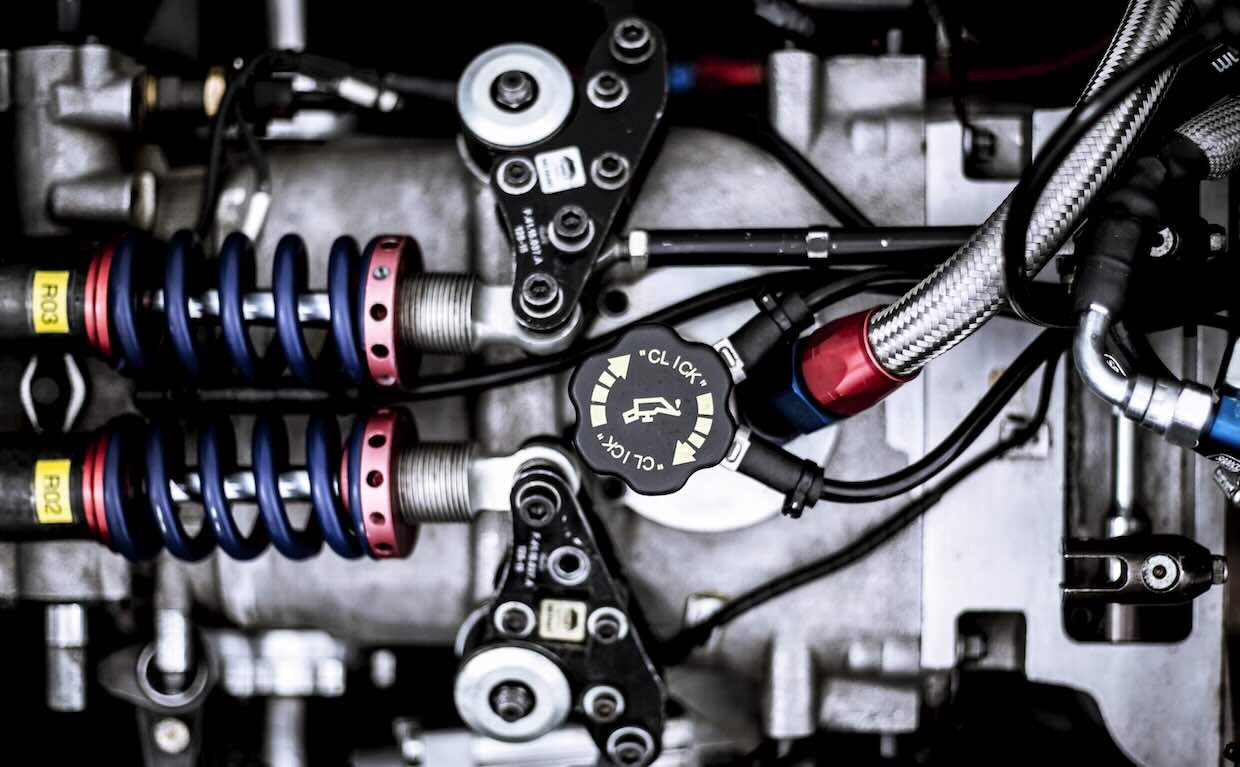When your engine light flickers on or the vehicle starts to lose power unexpectedly, a faulty camshaft position sensor might be the culprit. This sensor plays a critical role in helping your engine’s computer monitor the camshaft’s speed and position, which directly impacts ignition timing and fuel injection.
Over time, the sensor can degrade, develop cracks, or suffer oil contamination, making it unreliable. Worn timing components can also interfere with the signal.
At BehindThe8, we specialize in top-quality cam shafts. If you’re ready to tackle a camshaft position sensor replacement, here’s a step-by-step guide to installing a camshaft position sensor.
Disconnect the Battery and Find the Faulty Camshaft Position Sensor
The process begins by disconnecting the negative terminal of your battery. With your battery off, you have less of a risk of electrocution, and can better protect both you and the vehicle’s electronics.
Next you’ll need to pop the hood and locate the sensor. On most DOHC engines, it’s near the cylinder head or valve cover.
Remove the Old Camshaft Position Sensor
Next you’ll want to unplug the electrical connector from the sensor. There’s usually a tab that needs a firm press before it releases. Grab a socket wrench and take out the mounting bolt holding the sensor in place.
Once that’s done, gently wiggle the old sensor free and check for grime or signs of oil damage. Take a look at the wiring harness too, just in case there’s any corrosion that could interfere with your new camshaft position sensor.
Install the New Sensor
Line up the replacement sensor with the mounting point and gently slide it into place, and make sure it sits flush and feels secure. Tighten the bolt, being careful not to overtighten, then reconnect the electrical connector and give everything a once-over. You want to be sure the wiring is snug and the sensor isn’t at an angle.
Reconnect the Battery and Fire It Up
Finally, all that’s left is to hook the battery back up and start the engine. If everything’s working, the check engine light should go off. If it doesn’t, or if you notice odd behavior, plug in a scan tool to check for error codes. Some vehicles need a few cycles to adjust to the new sensor, so don’t panic if things aren’t instantly perfect.
What to Expect After Replacement
Most sensors don’t need programming. Your vehicle’s computer should pick up the change and adjust automatically after a couple of drives. If power is still down or trouble codes persist, it’s worth double-checking your work or using a scan tool to help troubleshoot your vehicle’s performance.
Your Source for Heavy-Duty Camshafts
Behind the 8 delivers a large assortment of camshafts, so you can keep your vehicle operate at its best. We offer knowledge, hands-on experience, and products built for real-world performance. Whether you’re doing a quick fix or a full camshaft rebuild, we’re ready to help with products that will have your vehicle running smoothly again.
Contact us and let’s get your build back on track.



Comments are closed